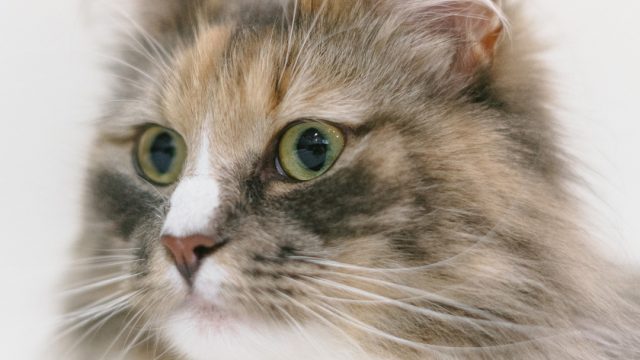 LinuxTips(RedHat)_en
LinuxTips(RedHat)_en Reboot the system immediately.
reboot is a command to reboot the system immediately.Usually, the shutdown command is used to stop the system, but reboot is a shortened form of the shutdown command.To reboot the system with the shutdown command, you need to add the option "r" as an argument, but reboot does not need any argument.There is also halt, which is a command to stop the system immediately as well as reboot.
